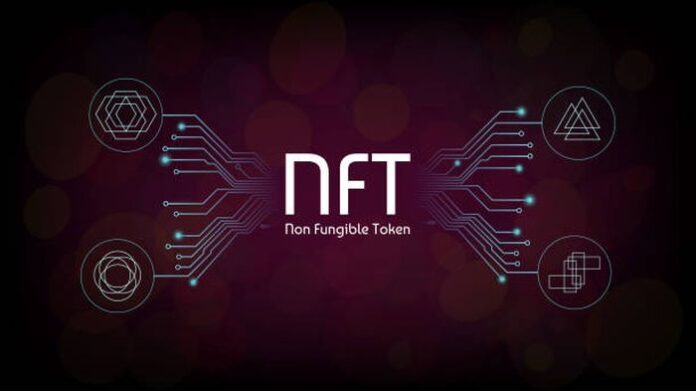There are various types of digital forms of currency. One of these types is NFT. Non-fungible tokens are crypto-assets that act differently and provide distinct chances for traders and investors (NFTs). NFTs are one-of-a-kind cryptographic tokens that, like cryptocurrencies, can be purchased, sold, and traded without the use of a middleman through the internet.
They’re immutable, immune to theft, impossible to forge, and easily trackable, just like other crypto assets. They are, nevertheless, distinct in that they cannot be replaced by something similar.
While one bitcoin can be exchanged for any other bitcoin without the user noticing, NFTs are one-of-a-kind and behave more like trading cards or collectibles. They can be bought, saved, swapped, and sold as well, but each NFT has its own value.
Bitcoin, the king of cryptocurrency, is not an NFT.
Let’s learn more about NFT.
What are NFTs?
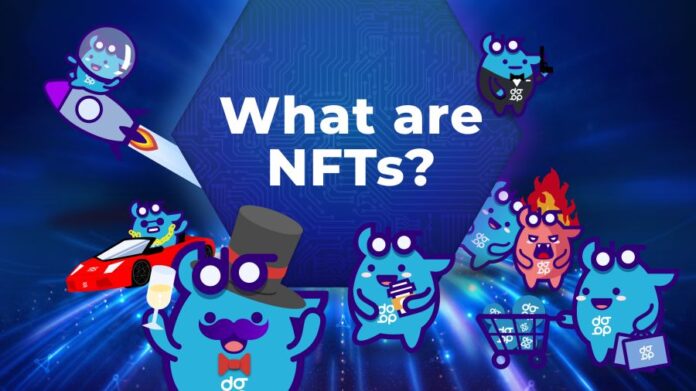
A non-fungible token, or NFT, is a completely unique and non-transferable unit of data kept on a digital ledger that leverages blockchain technology to prove ownership. NFTs are collectible digital assets with monetary worth, similar to actual art.
Cryptocurrencies like Bitcoin and Ethereum are similar to NFTs. Non-fungible begins to make sense when an NFT is entirely unique and cannot be swapped like-for-like. The file contains additional data that raises it above plain currency and allows it to be used for anything.
Photography, art, music, films, tweets, and even memes can all be saved as NFTs to identify the original copy. NFTs can be made from nearly anything unique that can be digitally saved and has value. They’re similar to any other collector’s object, such as a painting or a vintage action figure, except instead of purchasing a tangible item, you’re paying for a digital file and documentation that you own the original.
What is Cryptocurrency?
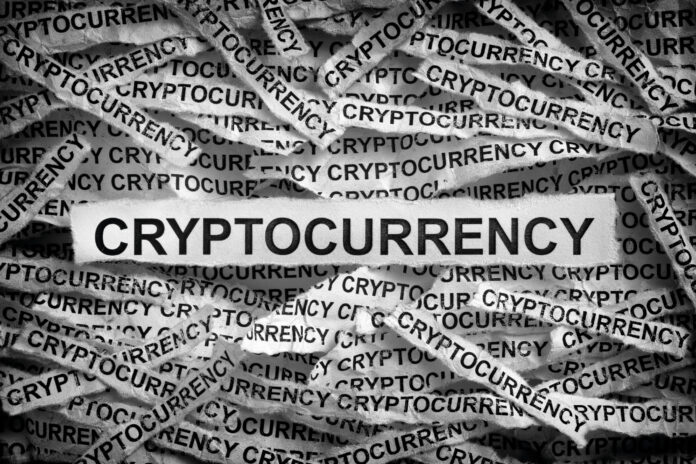
Cryptocurrency is a form of digital payment that does not rely on banks to validate transactions. It’s a peer-to-peer payment system that allows anyone from anywhere to send and receive money. Cryptocurrency payments are completely digital additions to an online database describing specific transactions rather than tangible money carried around and traded in the real world. The transactions that you make with cryptocurrencies are recorded on a public ledger. Digital wallets are where cryptocurrency is kept. Bitcoin is a cryptocurrency.
Visit pro-fitbuilder-app.com/de to start trading cryptocurrency.
What Characteristics Do Non-Fungible Tokens Possess?
So far, we’ve talked about how important non-fungibility is for NFTs. Take a look at the three characteristics that make NFTs so desirable: uniqueness, rarity, and indivisibility.
Uniqueness
NFTs allow you to characterize an asset in a unique way by giving metadata that describes it and distinguishes it from other assets.
Decentraland, for example, is an initiative that offers virtual land. The metadata comprises virtual coordinates and land attributes, such as the proportion of land covered by grass or the number of structures on the property, to uniquely characterize each piece of land.
Rarity
NFTs are attractive because of their rarity, also known as scarcity. Token creators can flexibly define the token’s boundaries with a typical ERC20 token. Let’s say you desire a 1,000,000 token supply. Yes, that is conceivable. Do you require additional tokens? Simply raise your smart contract’s total supply.
It is not possible to develop new assets indefinitely with NFTs. Rarity ensures that each item can only be defined once on the blockchain, which is why NFTs are so popular among collectors.
Assets are scarce because no one else can register the same asset twice. In other words, as long as people want to spend money on NFTs, uniqueness gives them value. To return to the Decentraland example, in a game, you can actually own a piece of land and exchange it just like a real piece of land.
Indivisibility
Finally, NFTs can’t be separated. You can own one complete bitcoin, for example. If you don’t have enough money to buy a complete bitcoin, you can split it into smaller amounts and buy a tenth of one. Satoshis are bitcoin’s denominated units.
How Does NFT Work?
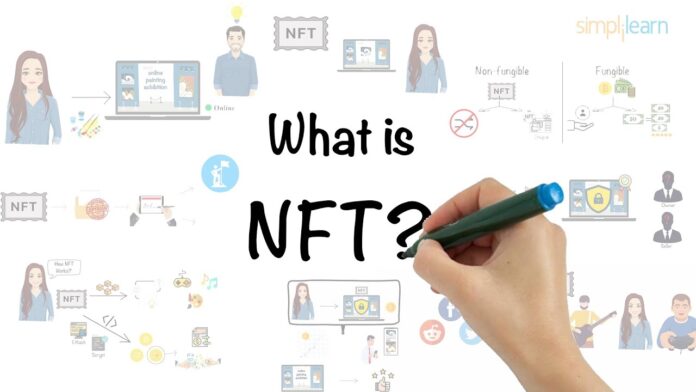
NFTs have four major characteristics: they are one-of-a-kind, indivisible, transferrable, and proof-of-scarcity. The numerous current standards, the most frequently utilized of which are Ethereum’s ERC-721 and the more recent ERC-1155, are one of the keys to validating these qualities and permitting interoperability of these assets across multiple platforms.
Simply use platforms that allow creating NFTs to establish an NFT, where the artist uploads the digital asset and associates it with a smart contract. Potential purchasers can view NFTs that are posted on these portals.
To purchase an NFT, you must first open a cryptocurrency account, preferably Ethereum, from which you can send money to the inventor in exchange for the property.
Pros and Cons of NFTs
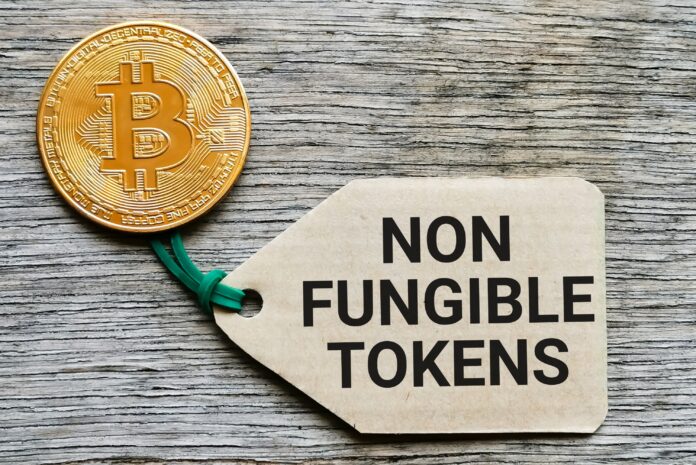
NFTs’ primary benefit is their dependability. With the capacity to insert additional information that will always be part of the code and thus inseparable from the work, blockchain technology enables for full knowledge of the work’s provenance and copyright data. Counterfeiting and theft of works are prevented, and creators are more securely reimbursed.
The drawbacks stem mostly from the fact that they are intangible assets. They’re computer-based works of art that can’t be regarded as objects in and of themselves. Furthermore, there is rising worry about the amount of energy consumed in processing digital assets, particularly if it is not derived from renewable sources, and the impact this may have on the environment.
Conclusion
As with any collecting item, the value of an NFT is determined by the amount of money you are prepared to pay for it. The worth of an object is determined by the individuals who value it. Value is, at its core, a shared conviction.
It’s also worth noting that the value of a few specific NFTs has skyrocketed.
Finally, NFTs have grown in popularity and exposure in recent years as a means of proving ownership and authenticity of both digital and physical goods. Furthermore, NFTs enable users to transfer ownership with confidence, reducing the risk of fraud.
